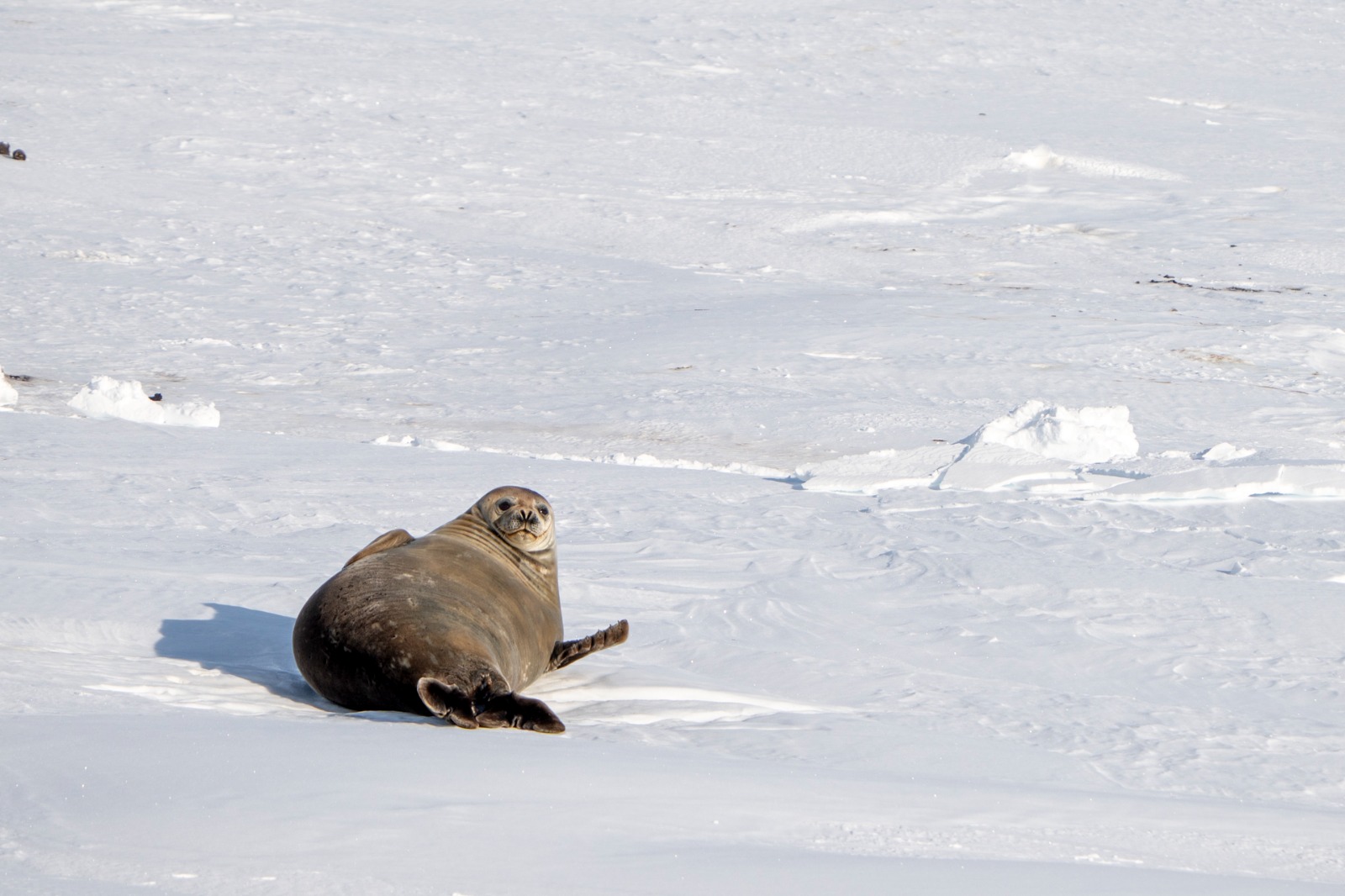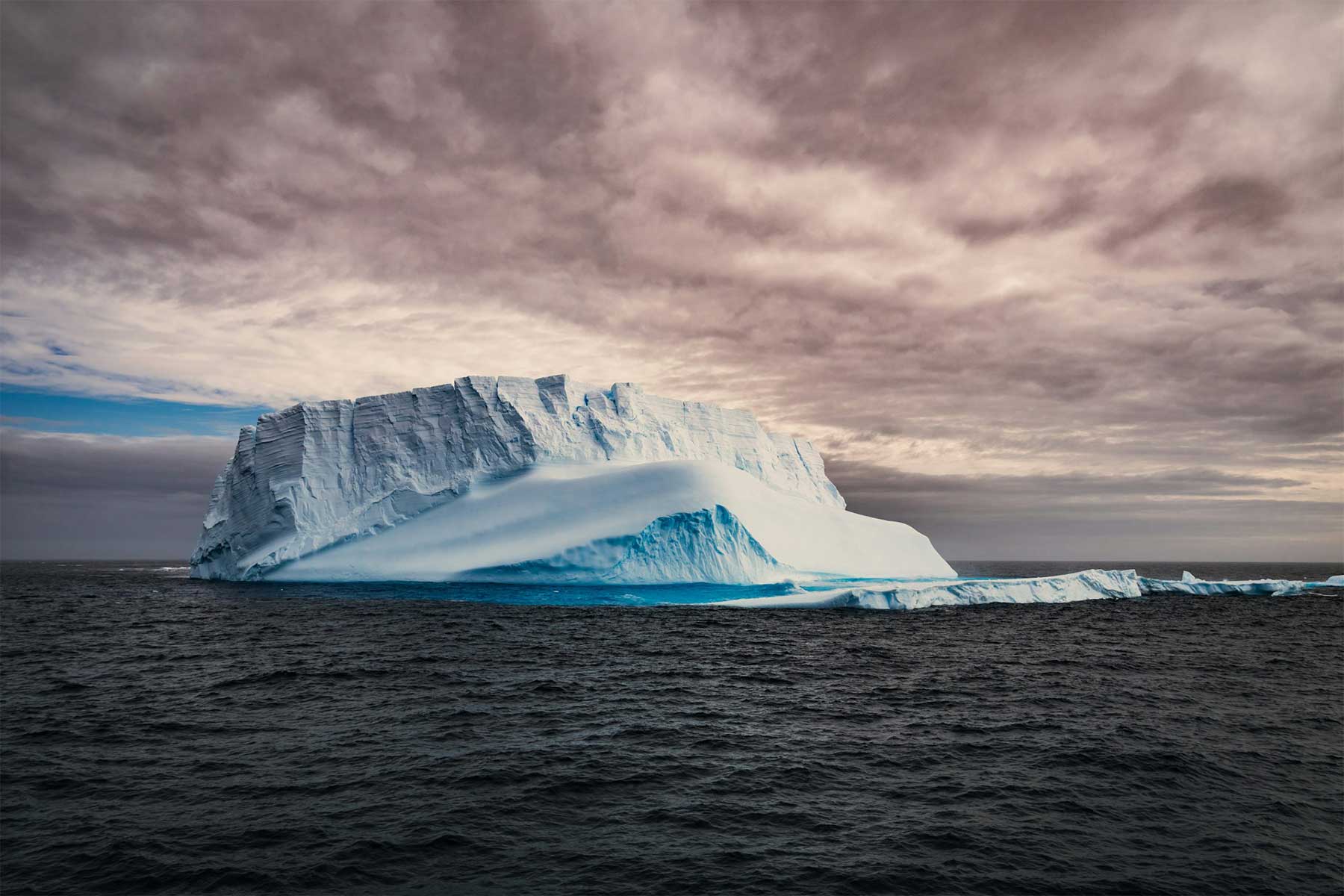Life in the seas and on land in Aotearoa New Zealand is intimately linked with the Antarctic cryosphere (i.e. ice), Southern Ocean and polar atmosphere. Concerningly, the Southern Ocean is among the fastest changing oceans due to climate change, with far reaching consequences for Antarctica and Aotearoa’s environmental, cultural and economic wellbeing.
Recent extraordinary changes in sea-ice behaviour might indicate a transition to new, more extreme, inter-annual fluctuations or the beginning of a long-term declining trend, with the real and imminent potential to vastly accelerate a multitude of global climate change impacts.
So, what are the potential impacts of sea-ice loss?
Sea ice & physical systems
Physically, sea ice regulates exchange between the atmosphere and the ocean, stabilises ice shelves, drives global ocean circulation, and regulates ocean carbon storage and atmospheric CO2.
What happens if sea ice continues to reduce?
- Globally, sea-ice loss can enable advection of warm, deep water, destabilising ice shelves, leading to potentially unstoppable loss of ~33% of Antarctica’s ice sheets, and associated multi-meter, global sea-level rise.
- Less sea-ice leads to less heat and carbon uptake by the Southern Ocean, increasing atmospheric CO2 concentrations and accelerating global warming.
- Sea-ice loss weakens global ocean circulation impacting equator-pole heat distribution, as well as Southern Ocean nutrient supply, that currently supports 75% of global ocean production.
- As the Antarctic contracts, the tropics expand, with increased heatwaves, atmospheric rivers, and ex-tropical cyclones impacting Aotearoa.
Sea ice & biological systems
Ecologically, sea ice serves as habitat for flora and fauna, and regulates light availability, nutrient fluxes, CO2 uptake by phytoplankton, and provides a platform for breeding, feeding and refuge.
What happens if sea ice continues to reduce?
- Within the Ross Sea region, reduced sea-ice will impact nutrient availability, ecosystem composition and food webs, with consequences for ecosystem structure, function, services and resource utilisation.
For more information, visit our resources page where we are compiling useful articles and publications relevant to sea ice in Antarctica.




